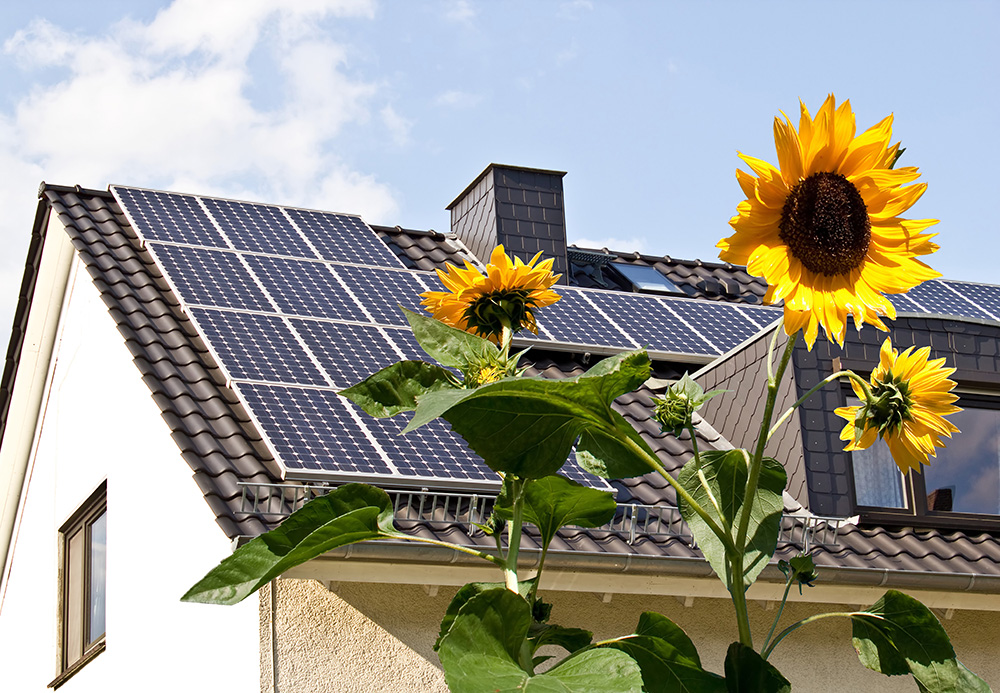|
If you haven’t been paying attention to the latest in solar panels and energy, or just haven’t had a reason to, a lot has changed since the product first came out during the 1970s.
Solar power doesn’t get a lot of attention because it’s not exactly new. While it has taken quite awhile to get to this point in the evolution of solar power, it has never been more attainable than it is today for your home because of breakthroughs in both technology and pricing. Thanks to massive drops in pricing, the use of solar power is booming. Consider that the cost of solar panels is now 60 percent lower than it was just two years ago, according to research recently released regarding the U.S. solar energy market. The cost of overall solar PV systems, on average, is also 50 percent less than in 2010. That has spurred some of the biggest solar power growth in history, as solar panels across the country now have enough power capacity to power up to about 1.5 million average homes (about the size of Phoenix or Philadelphia). Still, the emergence of solar power in the residential market has been gradual. Published data suggests that more than 90 percent of Americans favor solar energy use, a trend likely to continue given the heightened awareness of clean energy, but costs is still a big factor for homeowners. There are myriad cost factors to consider when determining your budget and solar system, which HGTVremodels.com does a nice job of outlining. There are federal tax credits and other financial incentives available – for example, California provides property tax exemptions and Los Angeles gives rebates – and many homeowners start on a smaller scale, such as several solar water heater systems on the market. But there are other emerging options, such as solar leasing. One California-based company, SolarCity, offers solar leasing options that provide materials, installation, insurance, monitoring and repair for zero money up-front, [per HGTVremodels.com]. Homeowners pay a monthly leasing fee of around $100 for an average-sized system, and generally see their monthly bill lowered by more than the monthly fee. In residential use, solar cells are grouped into panels that are installed on south-facing rooftops in an arrangement referred to as an array. The array is connected to an interior inverter, which controls the flow of electricity to the circuit breaker as well as a utility company that may credit the household if excess power is generated. Today solar panels are sleek and aesthetically pleasing, and many systems are extremely flexible and can be installed on your roof, a wall or even a free-standing structure. There are newer options coming to the market, such as solar-powered roofing shingles. Installed like a normal shingle, it eliminates the need for structures that hold arrays of solar panels, and will be an affordable option because of easy instillation. There are solar powered, slate-like roof tiles with silicon chips; radiant heating floor systems that connect to pre-existing home solar panels; systems designed to heat outdoor swimming pools; and solar air conditioner systems that drastically reduce costs. Many of the newest products can be found here. Plus, there are still federal and state rebates to consider. Given its standing as a renewable energy that reduces the environmental footprint of a home, solar energy was already a viable option for many homeowners. But with the reduction in costs, options to reduce monthly bills, opportunities to sell back excess energy and advances in technology, solar power is gaining traction after a long time in the making.
2 Comments
5/21/2022 10:30:48 am
Hey there, You have done a fantastic job. I’ll definitely digg it and personally suggest to my friends. I am confident they will be benefited from this web site.
Reply
5/21/2022 12:17:48 pm
Solar power is a form of energy harnessed from the power and heat of the sun's rays. It is renewable,
Reply
Leave a Reply. |
Categories
All
Archives
June 2016
|
|
Contact Kirsten to get started today.
(310) 756-3524 [email protected] #DRE 01450452 Ask her about her newsletter to get current South Bay Market information and real estate news right to your inbox... no spammy ones, promise! |
|
Copyright © 2021 Kirsten Cole. All rights reserved.



 RSS Feed
RSS Feed
